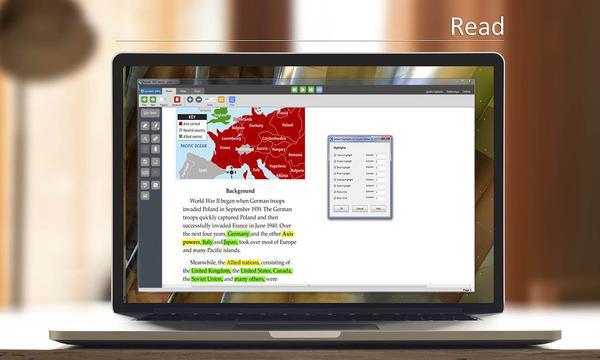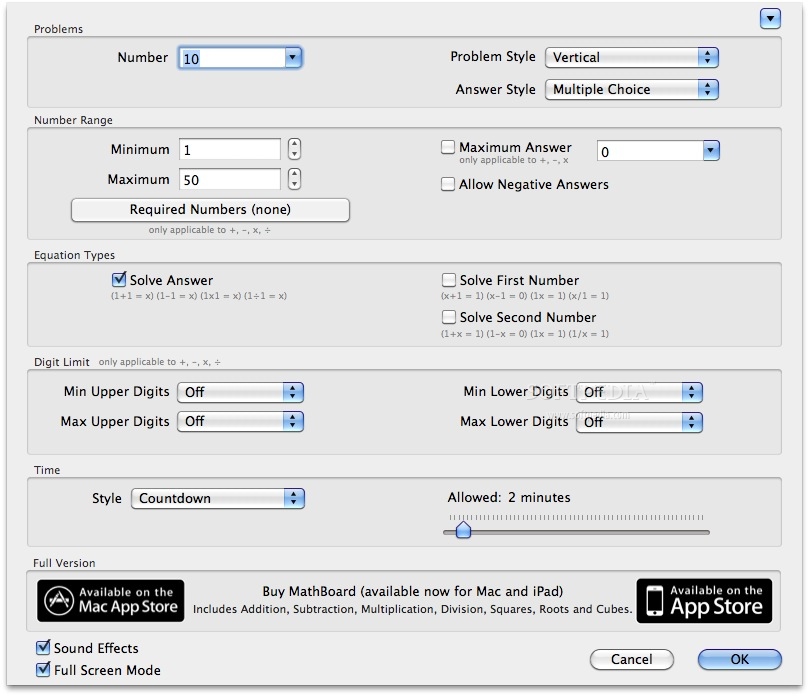

#Problems with kurzweil 3000 software#
This chapter will explore the evolution of the historically-recognized Kurzweil brand to determine the impact that its software has on the curriculum.
#Problems with kurzweil 3000 portable#
AT can range from low-tech (including visual schedules, highlighters, and pencil grips), to mid-tech (including voice recorders, Smartpens, and portable talking dictionaries), and high-tech (including specialized and customizable software, screen readers, and text-to-speech devices) (Georgia Tech, 2019). Fortunately, the number of highly developed assistive devices for individuals who identify as having a disability continues to grow, in hopes of making an equal-opportunity learning environment a reality.Īccording to the Assistive Technology Industry Association (2019), Assistive Technology (AT) can be defined as “products, equipment, and systems that enhance learning, working, and daily living for persons with disabilities” (para.

In fact, the Ministry of Education reported that only “6% of students in the publicly funded school systems are receiving special education programs or services” (Learning Disabilities Association of Ontario, 2015). Unfortunately, however, that has not always been the case, especially for learners who have been identified as having a disability. In the 21st century classroom, it is essential to ensure that every student has access to an equal-opportunity learning environment. Keywords: Assistive Technology (AT), Disabilities, Low-Tech, Mid-Tech, High-Tech, Kurzweil, Kurzweil Reading Machine, 21st Century Classroom, Technology Introduction This chapter will briefly step back into history to discuss the company’s progress since the creation of the Kurzweil Reading Machine circa 1976 (Kurzweil Education, 2019a), and take a look at how the ever-advancing company has remained an essential resource in the 21st century classroom. Although a plethora of AT devices could be examined, in this chapter, the evolution of the historically-recognized Kurzweil brand will be further analyzed in the context of the North American classroom. According to the Assistive Technology Industry Association (2019), Assistive Technology (AT) can be defined as “products, equipment, and systems that enhance learning, working, and daily living for persons with disabilities” (para. Although this concept was not easily fostered in the past, due to the advancements in Assistive Technology, what used to be a difficult approach, has now become an optimistic reality. 24 Assistive Technology for Students with Learning Disabilities: Kurzweil 3000


 0 kommentar(er)
0 kommentar(er)
